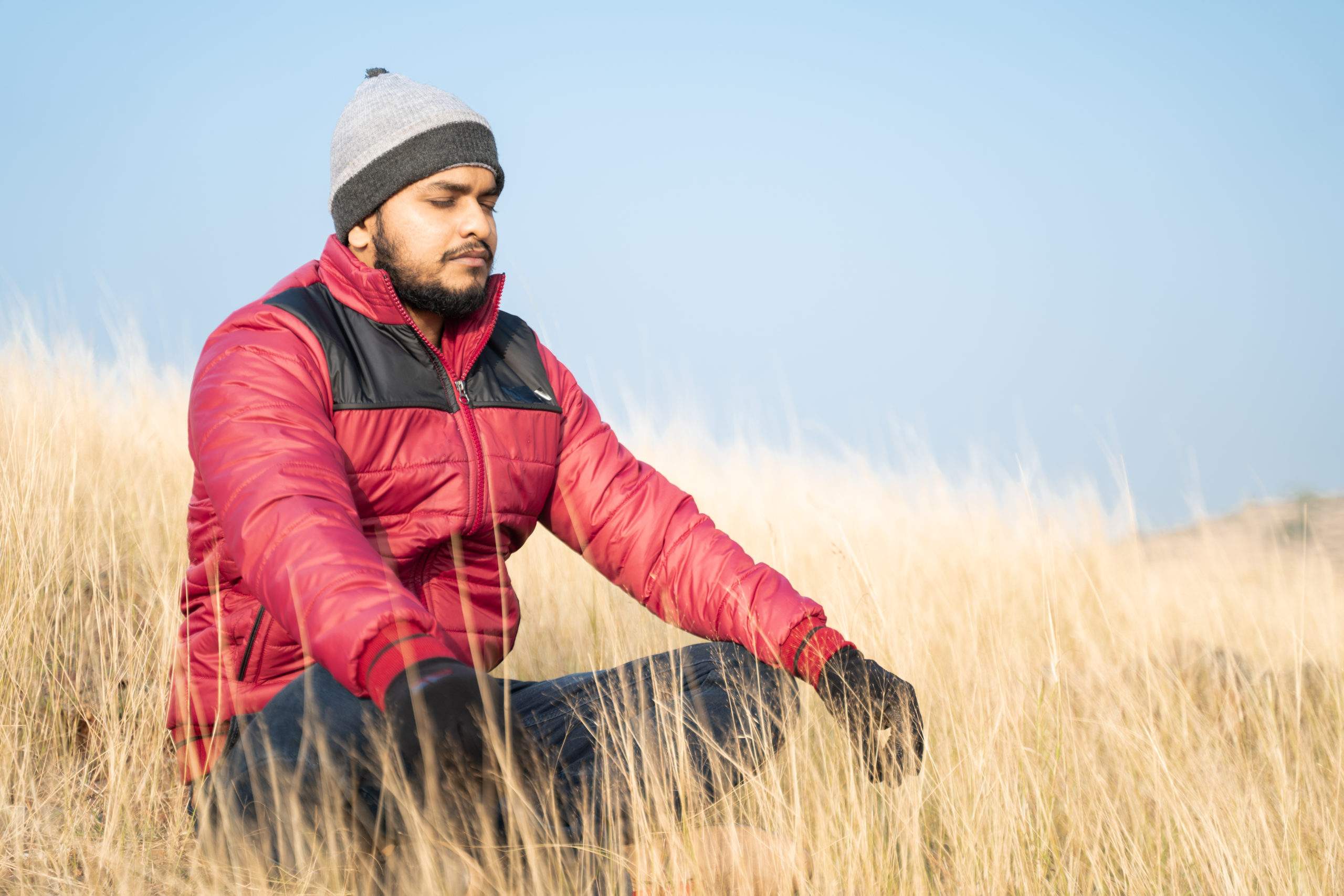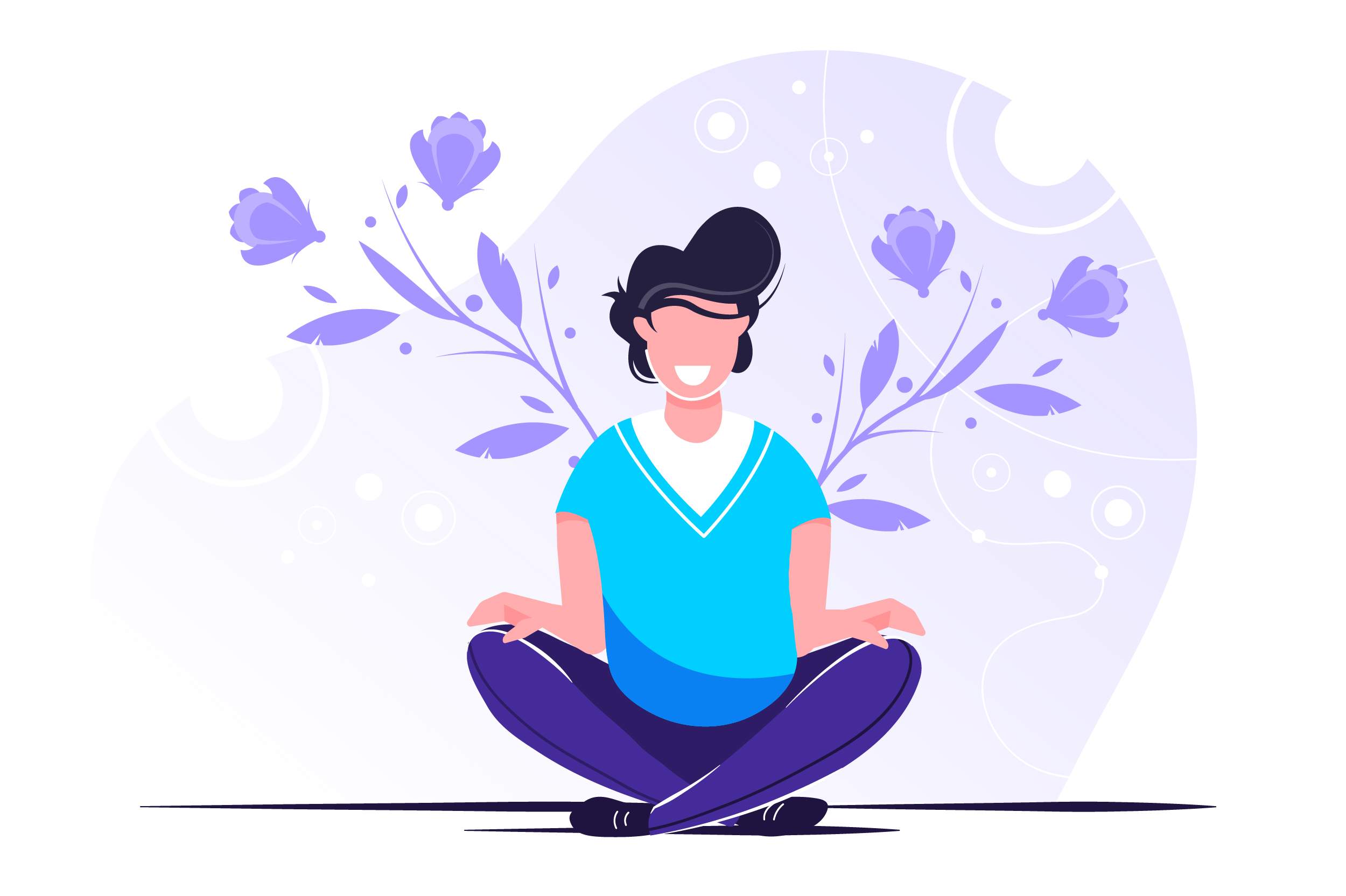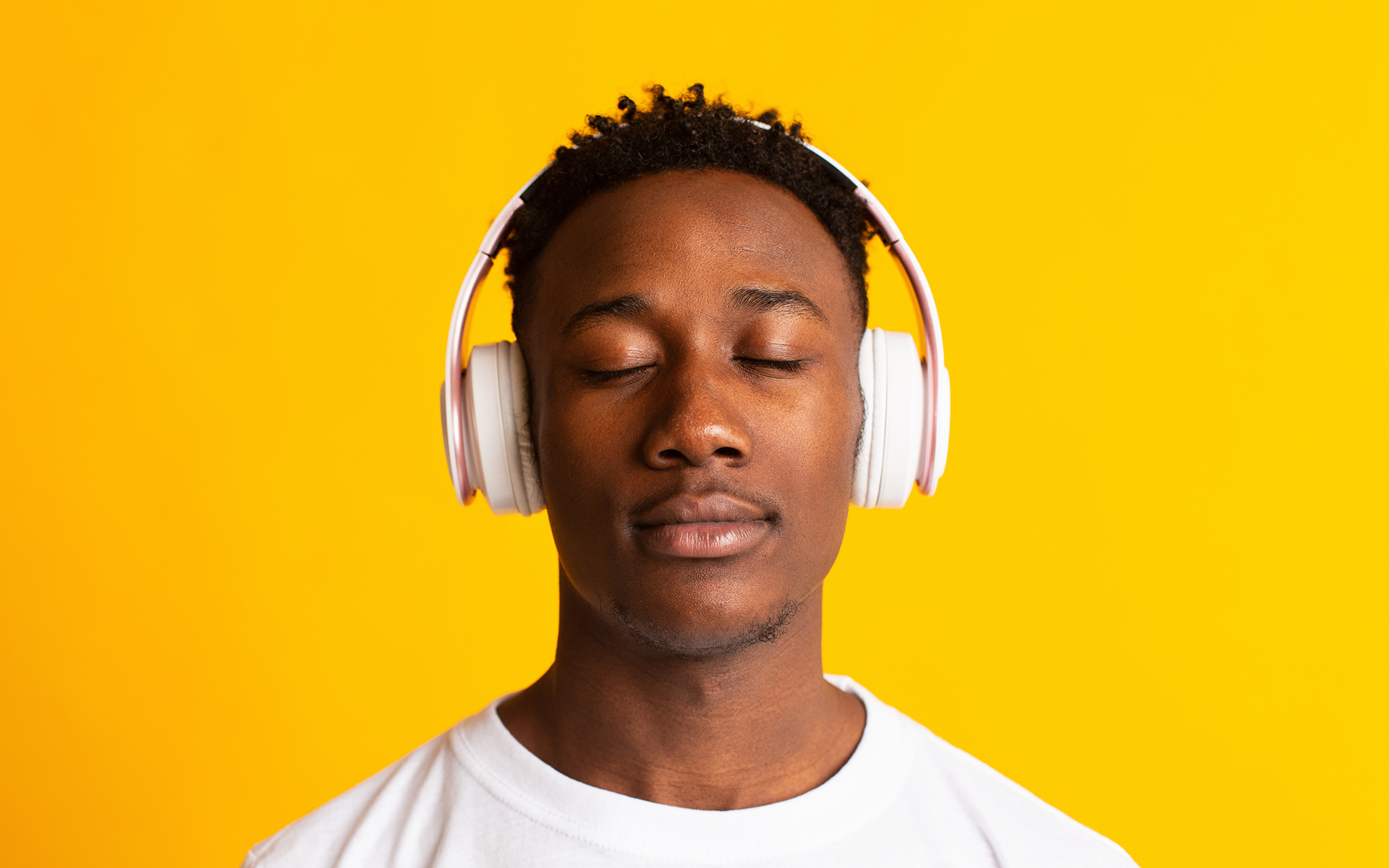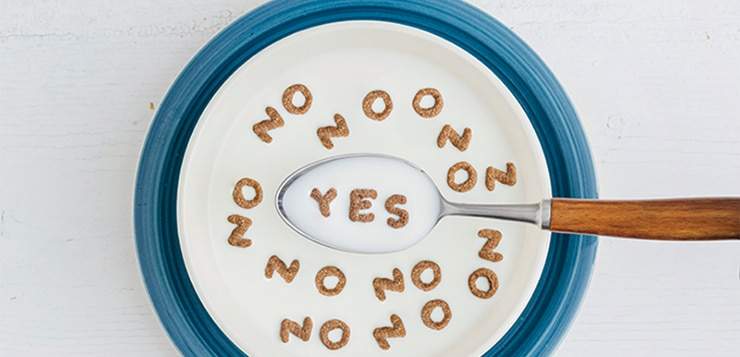Mindfulness is a bit of a misnomer. It can lead us to think that meditation is all about the mind. In fact, we bring an embodied awareness to our practice when we can bring a full awareness of our mind, our heart, and our bodies—that’s our thoughts, our emotions, and our sensations. And with that, we actually have much more capacity to be present, to be clear, to be kind. So let’s try and practice what it means to cultivate embodied awareness.
A 10-Minute Guided Meditation for Embodied Awareness
A Meditation to Cultivate Embodied Awareness
- Take a moment to find a comfortable position. You don’t need to be in a particular posture. You can be standing, sitting, or even lying down. The most important thing is that you feel relaxed and alert. Make sure that you have some openness in the front of your body. You can roll your shoulders up and back. Or if you’re lying down, just allow your shoulders to really relax into the floor. You want to have some uprightness or length in your spine without being rigid or stiff. And you want to invite a softness into the face, the jaw, the shoulders, and the belly. This balanced posture of being both relaxed and alert, being both soft and open, is the beginning of our embodied awareness.
- Notice how the body is feeling in this moment. You don’t need to change anything about the mind, your thoughts, the heart, your emotions, the body, or any sensations. Just simply allow what’s happening to be in your awareness. How does your body feel right now?
- Feel what’s going on physically or mentally. What sensations are you experiencing? Where may there be tightness or tension in the body? And where is there ease or relaxation? Just notice what’s here. As you continue to settle into this embodied awareness, you can close your eyes if you’d like, or keep them open as you continue to rest your awareness on the body.
- Just notice what’s present, and allow what’s happening. Maybe there are thoughts or emotions coming up. Just let everything be here. Now, I’m going to invite you to take a deep breath in through the nose, and as you exhale, you can even make a sighing sound. Release any tension in the body as you breathe in and out. Do this a few times on your own as you breathe in, opening the front of the body, and as you breathe out, really softening and relaxing. Allow the breath to come to its natural rhythm, and just take a moment in silence to notice your bodily sensations. You don’t have to think about the body, but really feel any sensations or vibrations.
- Now, see if you can feel the contact with what’s supporting your body right now. It could be a chair, a cushion, a bed, or the floor or ground beneath you. Just really sense into your feet or seat, allowing yourself to feel grounded. Continuing to sense the connection with what’s underneath you, bring awareness to the pressure or the weight of the body. What is that sensation like?
- Even now, thoughts or concerns might be coming up, and this isn’t a problem. The mind thinks about the past or the future, and comments on the present. That’s what it does often. But the body is always in the present moment. And if thinking happens, just allow your awareness to rest back into an awareness of the body.
- Now, bringing your awareness to the breath as it flows in and out of the body, you might want to take one or two deep breaths in and out through the nose to connect you to this process that’s always happening (whether we pay attention or not). You can notice the belly rising and falling as you breathe in and out. If you’re having trouble connecting to the sensation, you can place one or both hands over your belly button to feel the belly rising on the inhale and falling on the exhale. If the breath is hard for you to follow, you can rest your awareness on the body’s contact with what’s underneath you, or on any part of the body that brings you a sense of ease of connection.
- If you’re staying with the breath, continue to notice the inhale and the exhale. Embodied awareness is a way for us to stay with our experience by using the body, the breath, or any sensory experience as a way to connect to the present moment. Not by pushing away thoughts or emotions, but by allowing the body to be the ground for our awareness. Just take a moment in silence to rest in this embodied awareness.
- As we end this meditation, take a moment to express gratitude toward yourself for taking time to cultivate this practice. And know that in any moment you can reconnect to the body, the breath, the sense of groundedness as a way to create spaciousness, ease, and rootedness. You can open your eyes now, and begin to move your hands and feet. Let yourself reconnect to your surroundings as we finish this meditation.
READ MORE
A Practice to Reclaim Your Joy with Sebene Selassie
Experience the truth of your inherent belonging by connecting to the essential elements of the earth and remembering that we’re all made of the same stuff.
Read More
Focus Your Awareness with These Visual Breath Practices
To be aware that we’re breathing is the first thing we learn in mindfulness practice. Gary Gach walks us through the fundamentals and shares three imaginative tools for clear, focused awareness.
Read More
A 6-Minute Practice to Softly Focus Our Awareness
This brief guided meditation lets us focus our attention on the sounds around us, finding bright moments of awareness even when we get distracted.
Read More
Prescribing Awareness
We often seek comfort in denial. But by downplaying or ignoring health issues, we can inflict further harm on ourselves and others.
Read More










